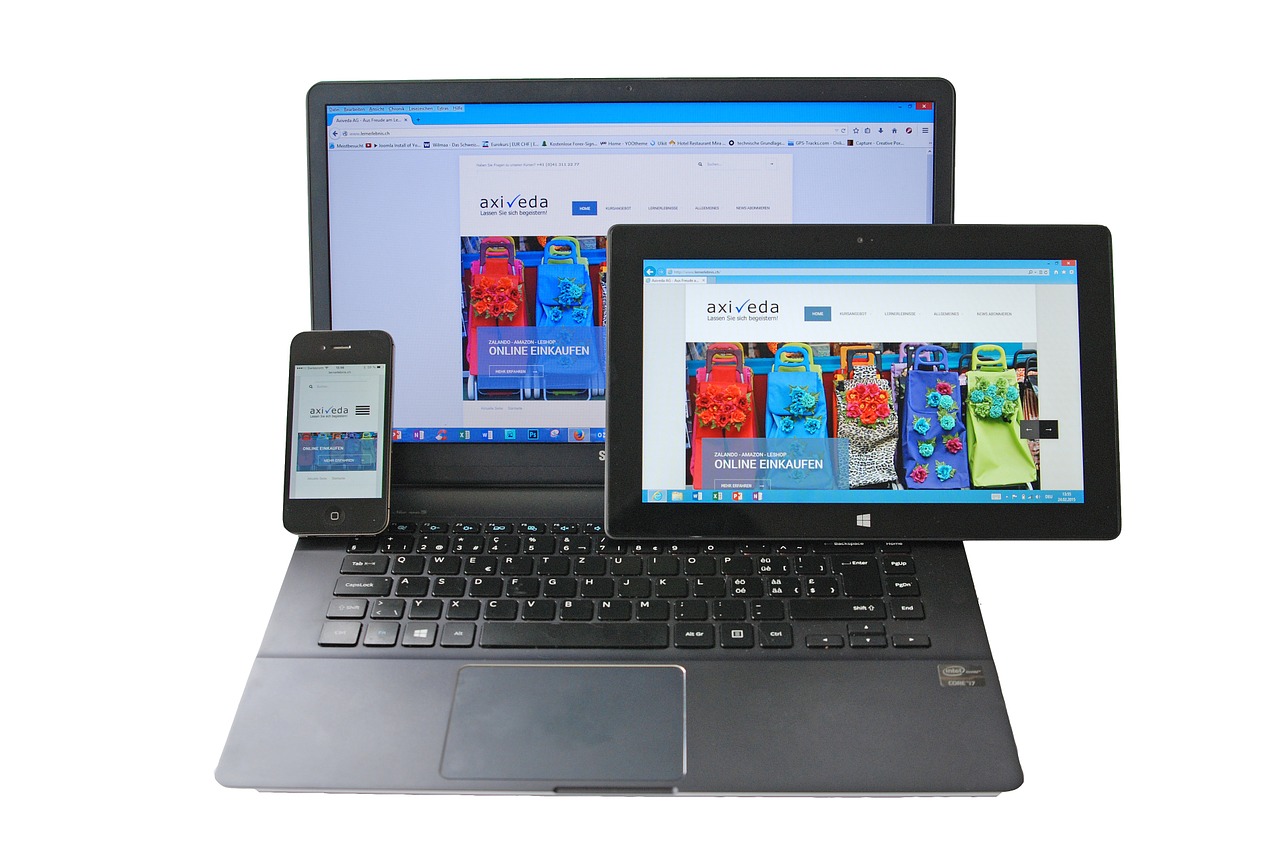
Google My Business (GMB) is an important part of local SEO. You can list your business on Google Maps and Google Search for free using Google My Business.
Studies show that 50% of people visit a business or store the day after a local search, but that nearly 80% lose trust if the business information is inconsistent. For ranking in the Local Pack or Map Pack, Google My Business is more important.
Why Do You Need A Google My Business Account?
- It allows you to attract and engage customers who find you on Google Search or Maps.
- Professionalize your business website
- It gives you insight on how to optimize your business to meet your customers’ needs
- It aids in posting of updates on your Business Profile
- Monitor customer engagement on Google.
How to list a business on Google
Follow these steps on how to businesses on Google
1: Register
Create a Google My Business account first. Sign in at https://www.google.com/business/, then, log in with your Google account.
2: Verify your company’s existence
Go to Manage Now and type your company’s name. If the name is already on the list, you must claim it. If not, you can add your business name by creating a new business with the provided name.
3: Provide Business name
Enter your company name exactly as it appears on your website or anywhere else it is referenced.
4: Select Business Category
You can select your business category from the Google My Business Category list. After creating an account, you can add subcategories. This helps customers find you when they search for a similar business.
5: Select Business Services
Get matched with the right customers by selecting your business’s services. You can do this by adding custom services or by using Google’s suggestions.
6: Select Location
You can choose whether or not your company has a physical location. Customers looking for your business will see this location on Google Search and Google Maps. Also, businesses without a physical address will not appear on Google Maps.
7: Select Address
Add your business address exactly as it appears on your website or anywhere else it is referenced. It’s important to use the same format everywhere to avoid customer confusion.
8: Locations you serve
If you visit or deliver to customers outside of your primary location, mention it here. Cities, states, and countries can all do this.
9: Business Contact
Input your Google My Business phone number and website. This helps your customers contact you by displaying it on Google My Business.
10: Complete and manage Google My Business
This completes your Google My Business listing. Manage your account from Google now.
Tips To Improve Your Business Listing
Some of the tips you can rely on to improve your business listing are listed and briefly explained below:7
- Enter accurate listing data
- Make use of Keywords
- Mention the proper business hours
- Customer interaction

1. Enter accurate listing data
Your business listing will be more visible if it is detailed and accurate. Local search favors the most relevant results.
2. Make use of Keywords
Your business listing can benefit from relevant keywords and search phrases, just like a website. This is especially useful if your company’s website is linked to your listing.
3. Mention the proper business hours
You don’t want to lose customers after they arrive at your physical address. Always enter the correct operating hours and update them as needed.
4. Customer interaction
Interacting with customers reflects authenticity and a business that values their input.







